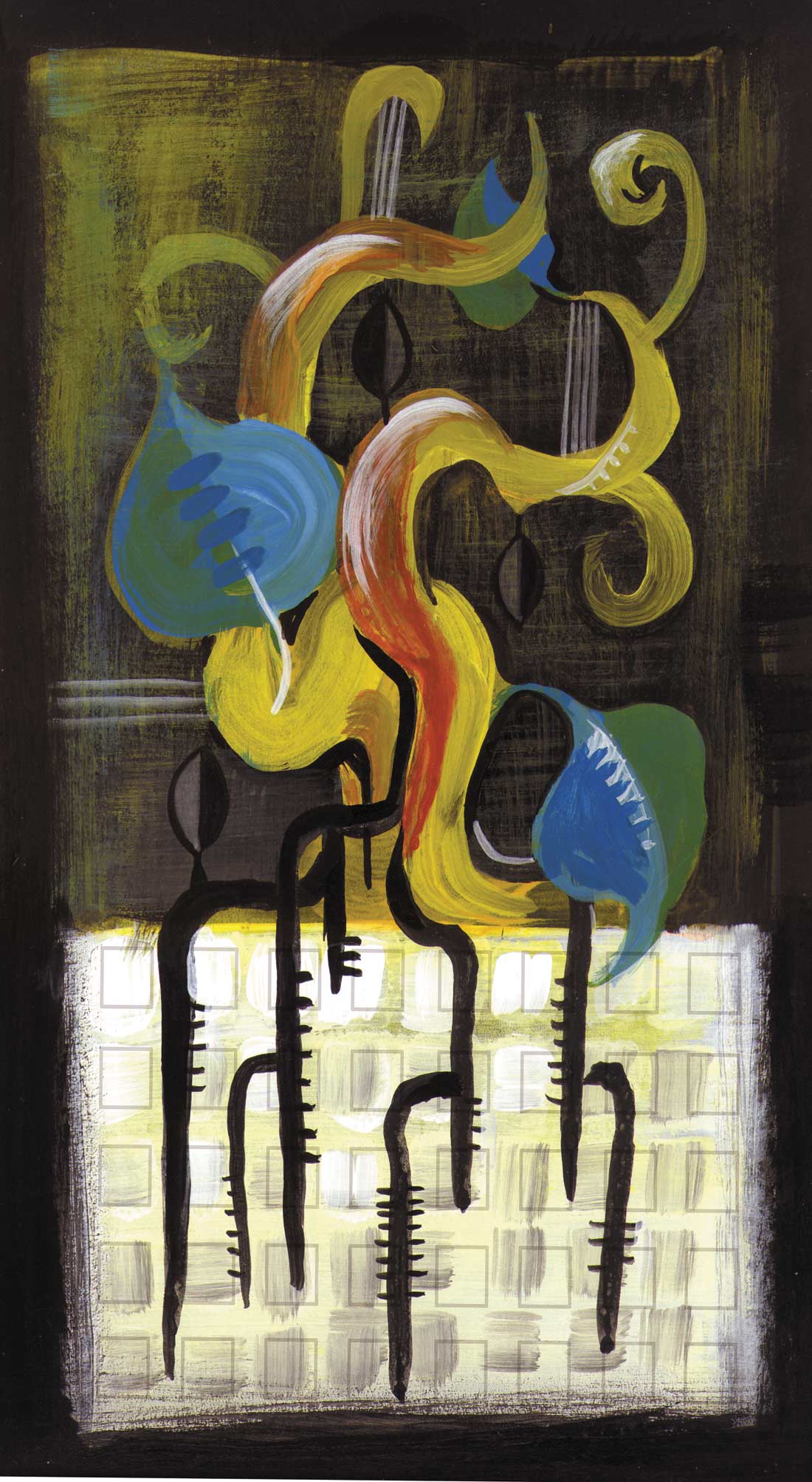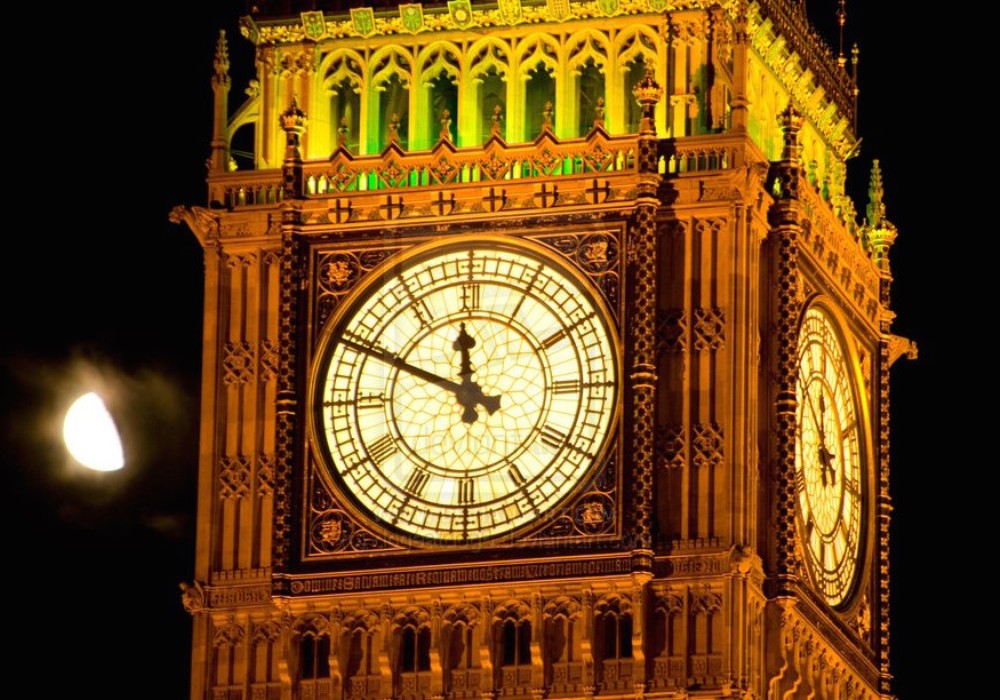I've been wanting to get a high quality A to D converter into my studio for the past few years. When I saw the 2192 a year or so ago, it looked like it would be worth waiting for it to be released. After using it for the past month, I'd have to say it was definitely worth the wait. For starters, it's not only an A to D, but a D to A as well, all in a single rack space, giving it a big edge over some other converters that sell each unit separately. It's also got very versatile digital audio and clock routing facilities. The front panel is basic, but everything you need is there: Input and output metering via 9 segment LEDs; and six switches that set your clock source, sample rate, S/PDIF or AES/EBU, and how the outputs and inputs are sourced and routed. On the back are balanced XLR analog line inputs/outputs with trim pots, ADAT optical I/O, two word clock inputs and four word clock outputs, S/PDIF I/O, and two sets of AES/EBU I/O. At 48k, the hookup is very straightforward. At higher sampling rates, the multiple outputs come into play. The S/PDIF I/O supports sample rates to 192k. AES/EBU supports 192k on each I/O port, and supports connecting to older 192kHz gear using dual-wire mode which transmits one channel on each cable. On the lightpipe I/O channels 1 & 2 are used at 48k, 1-4 at 96k, and 1-8 at 192k. (Note: We only used the 2192 at 88.2 and 44.1 for these tests.)
Here's how I hooked it up in my studio: The AES/EBU I/O is hooked up to our Alesis Masterlink. The S/PDIF I/O is hooked up to our Digi 002. Our Lucid Gen6X clock is hooked up as both a master and a slave to the 2192. Once everything is hooked up, all we have to do is change some front panel switches to reconfigure the way the 2192 works within the studio. When using the Masterlink, the 2192 is the clock, and the AES/EBU I/O is selected. Or, we can clock from the Lucid. When overdubbing in Pro Tools, we just switch to S/PDIF on the front panel. To make a dub of a rough mix from ProTools to the Masterlink, we just re-route the incoming S/PDIF signal to the Masterlink with the 2192's source switch, which is super convienent! If we're using the 2192 as a DA when mixing out of Pro Tools, we just set the 2192 clock to SPDIF. When tracking with Pro Tools, we can use both our Swissonic AD's via lightpipe into the 002 along with the 2192 into the S/PDIF I/O and use the Lucid as a master clock for both. Alternately, we've tested it as well with the 2192 as the master clock for both, and as a master clock to the external clock input to the Lucid. There's a large LED that lights when the clock is locked. The versatility is fantastic, and once installed, we haven't had to get behind the rack once.
But how does it sound? In an A/B comparison to my Swissonic DAC, it was the clear winner with a more natural top end and better imaging. To do some more controlled listening tests, we took the 2192 into Eric Broyhill's Monster Lab Audio mastering studio. We were listening to a variety of source material over Monster Lab's Earthworks monitors. First we compared the 2192 to the converters in the Waves L2 limiter. The differences were not at all subtle. The imaging and top end were clearly much better with the 2192. "The 2192 is much clearer without sounding brighter or harsh as compared to the L2," said Eric. "The end result is that I can master a CD at the same volume, but it appears to be louder. It jumps out a bit more." Next we compared the 2192 to Eric's Benchmark DAC-1. Compared to the Benchmark, the differences between the two converters were much more subtle. Still, the 2192 seemed to have slightly more low end and better imaging. In auditioning the Lucid clock against the 2192's clock, the Lucid won out over the 2192, but just barely. Both Eric and I agreed that there wasn't much point in selling our Lucid clocks, but if we didn't already own them, we wouldn't have bought them if we'd had the 2192 first.
UA has done their homework with the 2192 and it shows. After using the 2192, both Eric and I bought one. Sonically, it will stand next to any high end converter around, and when you factor in that it has both AD and DA converters plus a comprehensive clocking section, it's an awesome box at any price, but it's not that expensive. And don't forget that the 2192 will go up to 192k, making it a great investment for the future. As the rest of your digital gear is upgraded, the 2192 will hang in there.





_disp_horizontal_bw.jpg)